Stone town, the coral city
We see the opportunity to visit Stone Town and Prison Island via the hotel with a bonus guide the next day.
Departure in the morning, for a little more than an hour and a half drive by minibus.
During this crossing, we notice that new roads are being built by China civil, a Chinese company expert in civil engineering and well established in Tanzania.

Through this lush green landscape, these roads are a bit blotchy, but can the locals be blamed for wanting passable roads?
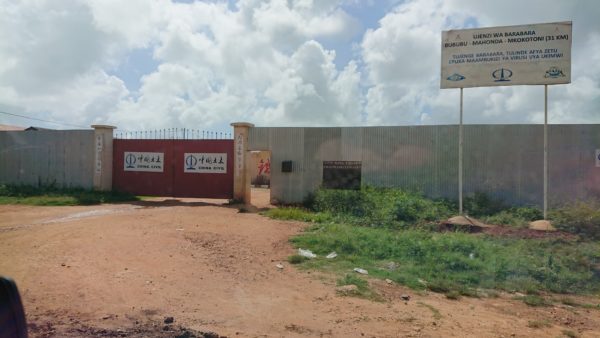
The name of the capital is Zanzibar City, the one and only true city on Unguja Island. Stone Town being the name of the oldest district of the island.
Between the archipelago of Zanzibar, the island of Zanzibar, named Unguja in Swahili, and the city, it can sometimes be confusing.
This archipelago consists of 3 main islands, Unguja, Pemba and Mafia which is located further down. The name Zanzibar would have been given by the Persians in the Middle Ages. It means the coast of the blacks.
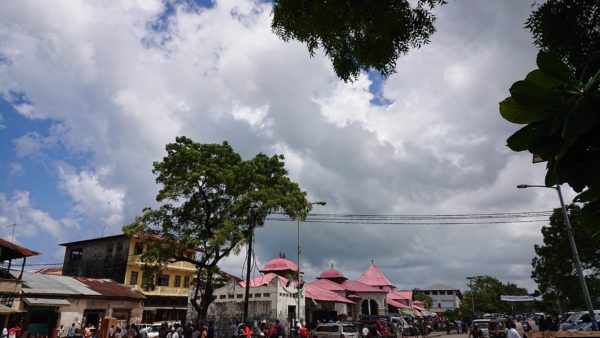
We land in Stone Town, near the main Darajani Bazaar market, the soul of the neighborhood, with its shimmering colors and its nauseating and intoxicating smells. It consists of several wings (fruits, vegetables, fish, meat and spices). Although today, the spice trade has decreased considerably, it is important to taste the typical spices of Zanzibar. Cloves, pepper, vanilla, ginger, cardamom and more! Our guide explains that Stone Town was built with a special mixture of coral and mortar.

We go around and the guide advises us a shop where you can get quality spices. We end our tour by the wing of the fish shop. I am fascinated by the surprising dimensions of the tuna, swordfish, rays and other crustaceans sold at auction in what seems to be a well-managed chaos.
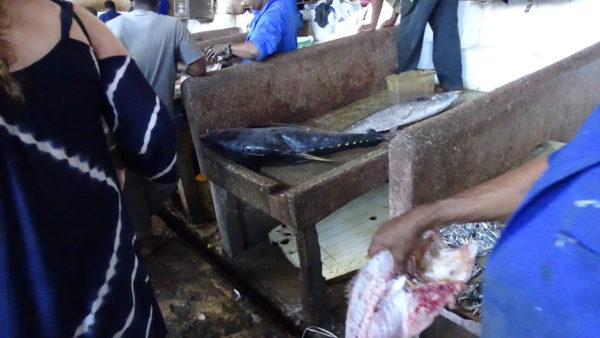
The vegetable and fruit part of this market was the site of the old slave market from which the city had made its wealth.
Our guide explains that the history of the city was tarnished by the slave trade.
A little history.
Since ancient times, the archipelago has developed an intimate link with the Arab world, but it was in 1832 that it experienced what could be called a major enrichment, under the reign of Sultan Seyyid Said, who made it the omane capital.
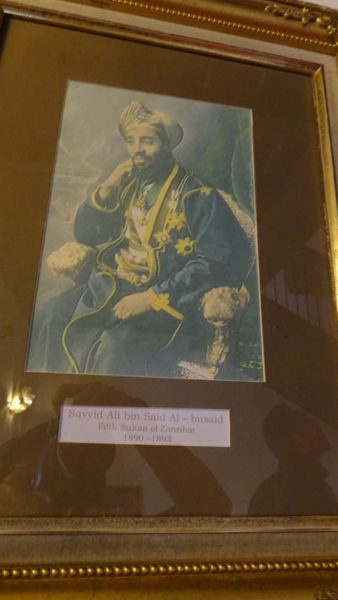
He favoured the cultivation of cloves and encouraged the import of slaves, particularly from Congo and Uganda.
Our guide tells us that every people of the known world is said to have landed in Zanzibar since about 2750 BC by the Assyrians. From then on, “visited” by Persian, Egyptian, Phoenician and even Chinese and Portuguese navigators. Later, the English, Germans, French and even Belgians!
The arrival of Vasco de Gama contributed to the Portuguese settlement from Mombasa to the largest islands of the archipelago, befriending some of the rulers of this region. He saw the strategic importance of establishing trading posts on these coasts. But it was by force that the island of Unguja was taken by the Portuguese in 1503, unlike other regions. Forcing the Swahili king to comply with Portuguese demands, he became a Portuguese citizen and gave foreign ships full access to the island’s ports.
A little less than a century later, the British regained control of the east coast. From then on, every century, the coast and the islands passed from hand to hand.
Until 1698, when Oman regained control of the island, losing control at the end of the 19th century.
A look back at our visit.
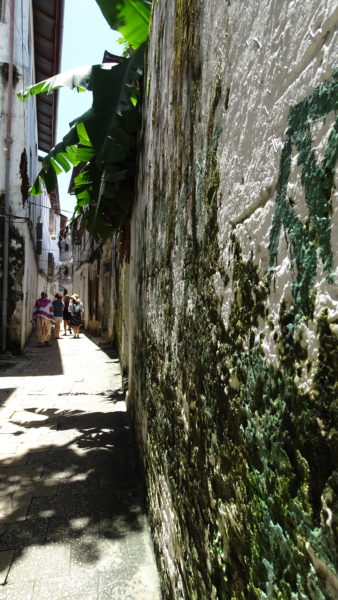
As we leave the market, we find ourselves in a maze of streets. I notice that this city is full of monuments full of history but also of a mixture of cultures. Each street is full of surprises!

Hindu temples, Omani or colonial palaces, mosques, churches as well as well-maintained or mouldy roofs mark the charm of this city.
After a short walk under a blazing sun, without any real shade to protect ourselves, we arrived in front of the Former Slave Market, the place of the slave trade. There is a monument dedicated to this sad moment in history.



Sculpted doors make this part of the neighborhood famous. There are nearly 500 of them in the city and they are recognized worldwide. Recently, the city has undertaken to restore them. Each one tells its own story, but also takes us to other regions, a memory for me of Grand Canaria or even Egypt.
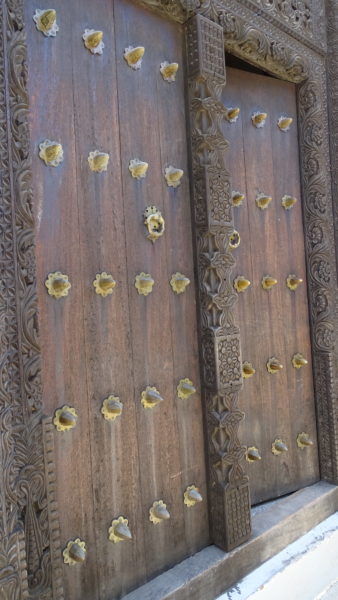
It’s a real pleasure to walk around here. I sometimes linger in front of a hairdresser’s or hotel door in admiration of the motifs of these sculptures and of these buildings which are real museums in themselves!

The Dhow Palace.
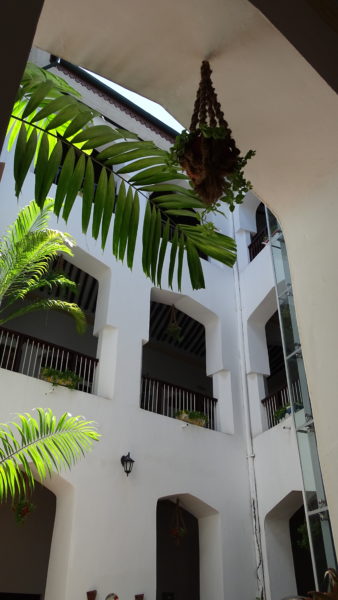
We arrive in front of the Dhow Palace, one of the oldest hotels in the city. This seigneurial residence was built in 1559. In 1924, it was rented as offices and later as apartments. After the revolution of 1964, the tenants left and the building remained abandoned. In 1993, it reopened its doors as a hotel.

We continue our visit in The Africa house Hotel. Originally it was an English club built in 1888. Although this hotel is of colonial style, its equipment is recent. It has a museum side.
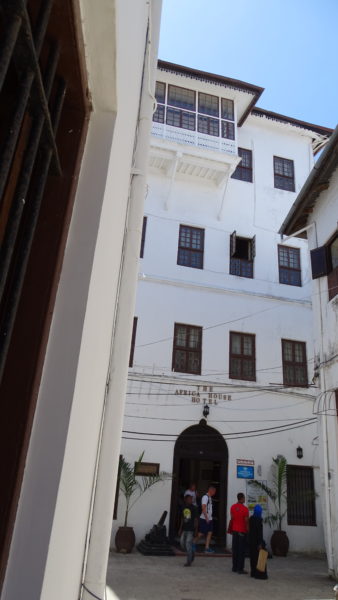
It was after the revolution that it became a luxurious hotel and has a breathtaking view of the Indian Ocean.
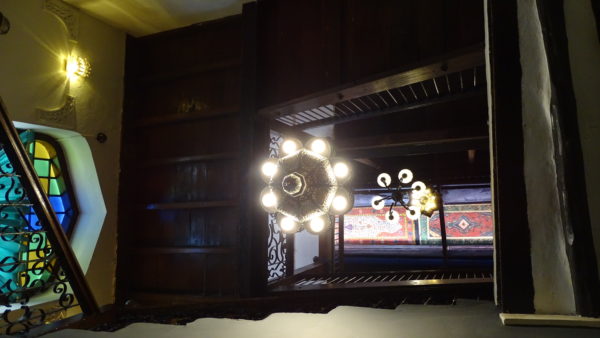

Freddie Mercrury House
Do you recognize this young boy?
During our walk, we arrived on the Kenyatta road but it takes me a few seconds to recognize the yellow building… Freddie Mercury’s house! You know Freddie Mercury, don’t you? This exceptional singer, musician and songwriter, who created something unexpected in every song. This is not his birthplace but his childhood home in Zanzibar.
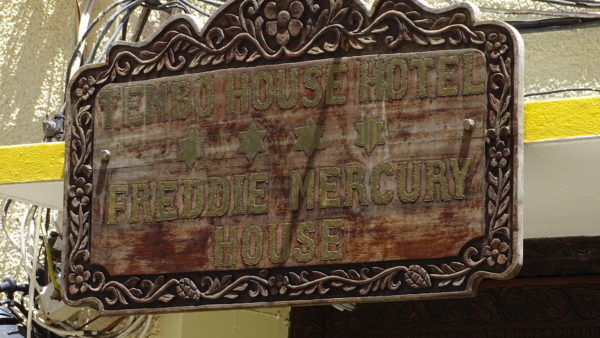
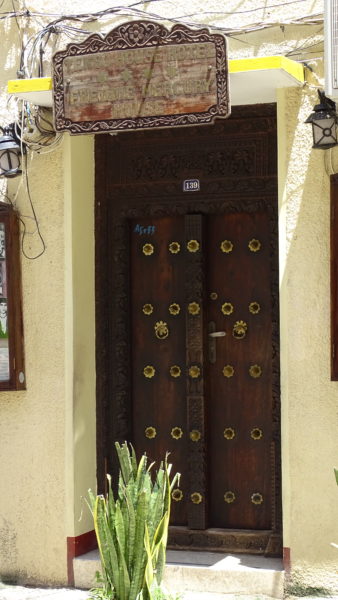
Last visit before lunch, the oldest building on the island, Fort Omane.
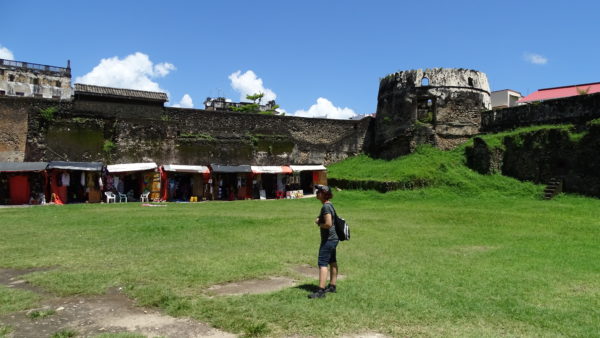
Built in 1699 by the Omanis after the expulsion of the Portuguese, it has had many different roles over time. Garrison, train terminal, ladies’ club, prison…
An amphitheatre was added in 1990. Today, it is home of the Zanzibar International Film Festival.

It is next to the House of Wonders which has a view of its amphitheatre.
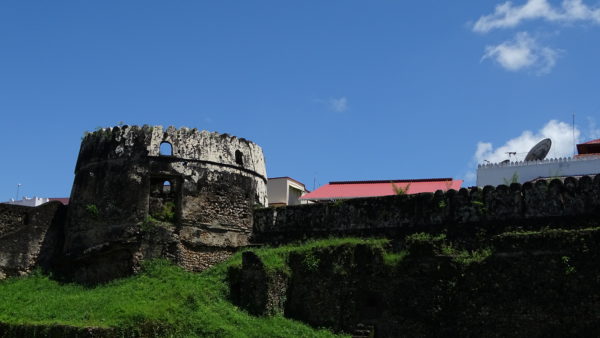



Here ends this half day, we finish with a delicious meal on the balcony of a restaurant with a view of the beach. The rest of the day is destined for Prison Island, I’ll tell you about it in a future article.
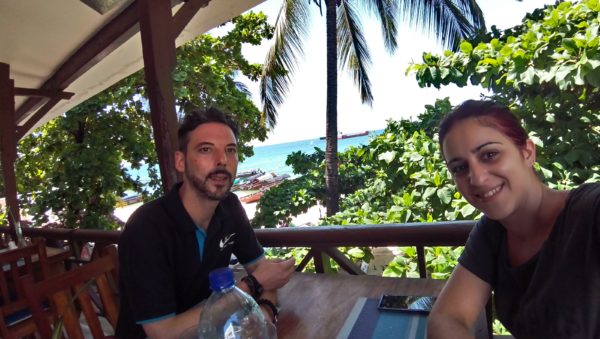
Your devoted Ninve,





